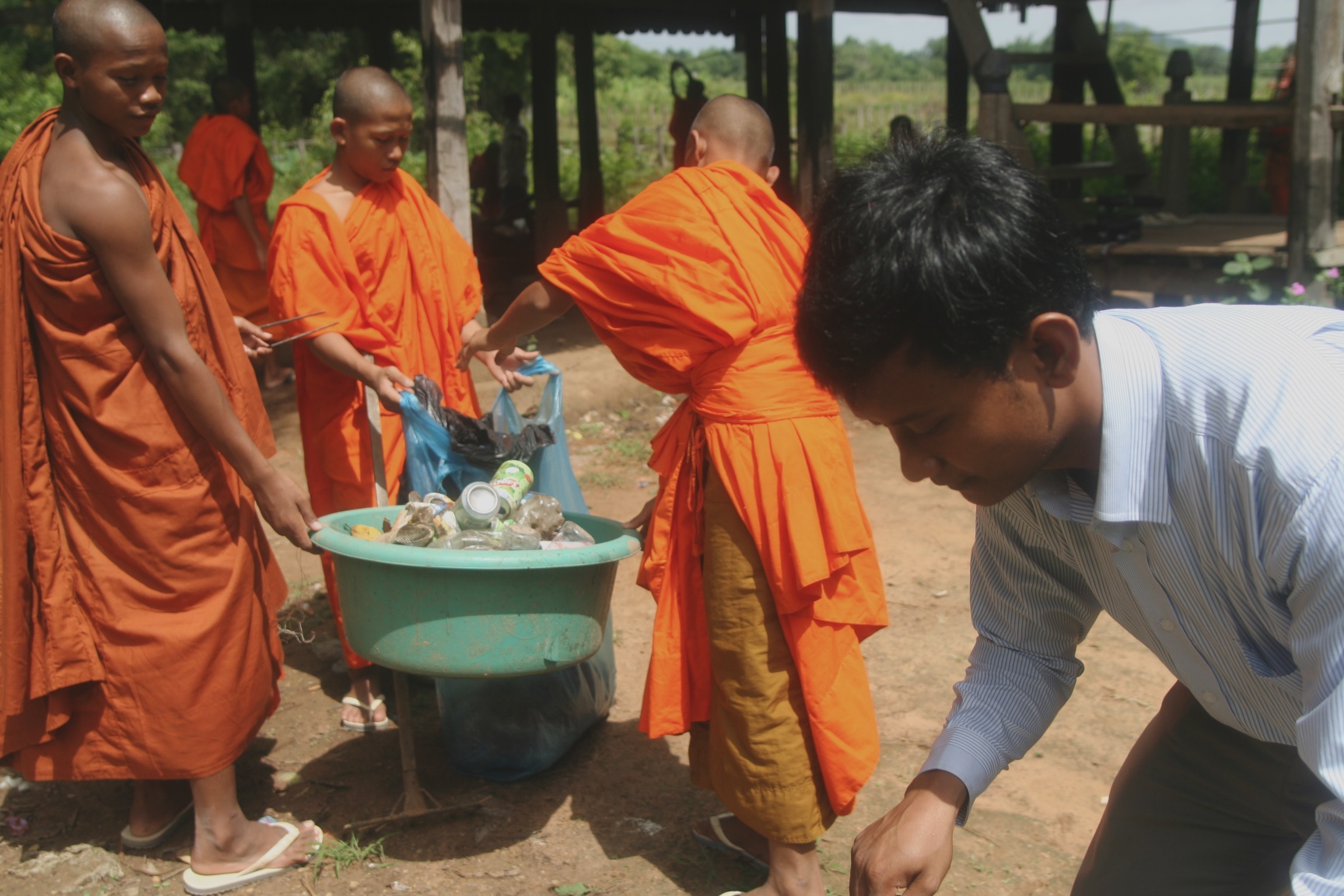Over the years, a number of folks have written to ask me, how do I find the hermit monks in the Zhongnan mountains? And honestly, this has been a really difficult question to answer.
On one hand, there are real practical considerations. For example, hermits are generally not hermits for life so they move here or there or return to monastic life with a community, so one can never say with certainty where they are. There are real language and cultural barriers. Although I speak Mandarin, I needed a translator to understand some of the monks in the film as many were from different parts of China and spoke with heavy accents or in local dialects. I imagine many of you remember that in Road to Heaven, Bill Porter gets picked up by the police because he wandered into a restricted area while looking for Wang Wei’s mountain. And we can’t forget that hermits are hermits in some respects because they don’t want to be disturbed. I share this not to discourage but to shed light on some of the realities of this journey.
But most importantly, I think it’s important to reflect upon why it is that we are seeking a particular path. I learned this lesson the hard way, as they say, when I set out on my journey after graduating from university.
When I was a student, I wanted to be Japhy Rider. He was my hero. Just as Japhy Rider did in Dharma Bums, I also set out to read Han Shan poems from the original texts, and I spent a summer on a fire lookout in the Pacific North West. Inspired by his story and the amazing wisdom he encountered on his path, I wanted to go to Japan to study Zen. I decided to write a hand-written letter to Gary Snyder (the poet who inspired Kerouac’s Japhy Rider character in Dharma Bums) telling him about my plans and why I wanted to go to Japan. I told him that I wanted to write a book and translate poetry and other grand schemes only a twenty-one year-old could utter all at once in a single breath. He graciously returned my letter and pretty much told me, If you are going there for those reasons, then please don’t go. He told me I should go if I am seeking spiritual cultivation and really feel that it’s my own authentic path, but if it’s for any other reason, I shouldn’t bother.
I knew he was right, but I didn’t understand his meaning. Not at that time, anyway. I felt that my motivations were definitely spiritual. What I think I didn’t understand was the “authentic” part. I still bought a one-way ticket to Japan and I found my way to a Zen Monastery. And it was only until I was actually sitting meditation in a Zendo, staring at the cold slate floor, that I realized I was not supposed to be there. Something deep in my stomach told me that this wasn’t right and that I was not following my own authentic path. I made the painful decision to return back home. What followed was a long period of doubt and confusion. I was overcome by frustration over my failed trip. I didn’t know what I was supposed to do next.
And then one day I was sitting meditation in my room at home. I was feeling agitated and couldn’t keep my eyes closed. I then looked up at my bookshelf and realized that the shelf was full of books about China and Chinese Buddhism. Not Japan. China was the place I was really committed to. The Chinese poets were the ones that carried me through the day and taught me to appreciate the world around me, the nature, the subtle wisdom of strangers, the good things in life, like moss on rocks and a shady spot under a pine tree. The Sutra of the Sixth Patriarch was full of mysteries into which I knew I wanted to inquire. I hardly slept that night, for when one thinks they have discovered their path, they want it to start right away. I awoke the next morning and started making plans to go to China. And China is where I lived for the next decade. China is where I found my teachers. And meeting the hermits and making Amongst White Clouds and The Mountain Path has only been part of this larger journey.
So being with hermits has taught me something, yes. But I don’t seek them out anymore. Opportunities for practice are all around us, usually in ways that we never expect. Nowadays, I actually spend more time with Chan monastic communities, where I enjoy the support of a community of seekers, all gritting our teeth through sore legs and cold, cold nights. The relevance of these organic, deliberate communities is the topic for my upcoming film, One Mind.
Will your path bring you to the Zhongnan mountains? Maybe, or maybe not. The important thing is to follow your Path for what it is, not what you envision it aught to be. So thank you Mr. Snyder for the poetry of that letter. I only half-listened back then. But I hear you now, loud and clear.
Edward Burger, edited by Agnes Lam
Photo by Ishwar Harris






